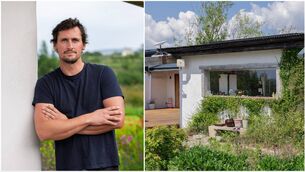Dermot Bannon: Knowledge is power in retrofitting and design

But, human nature being what it is, we respond to short-term shocks like massive hikes in energy costs, for powering transport, greasing the wheels of the economy and keeping our homes ticking over, with light, heat and power.
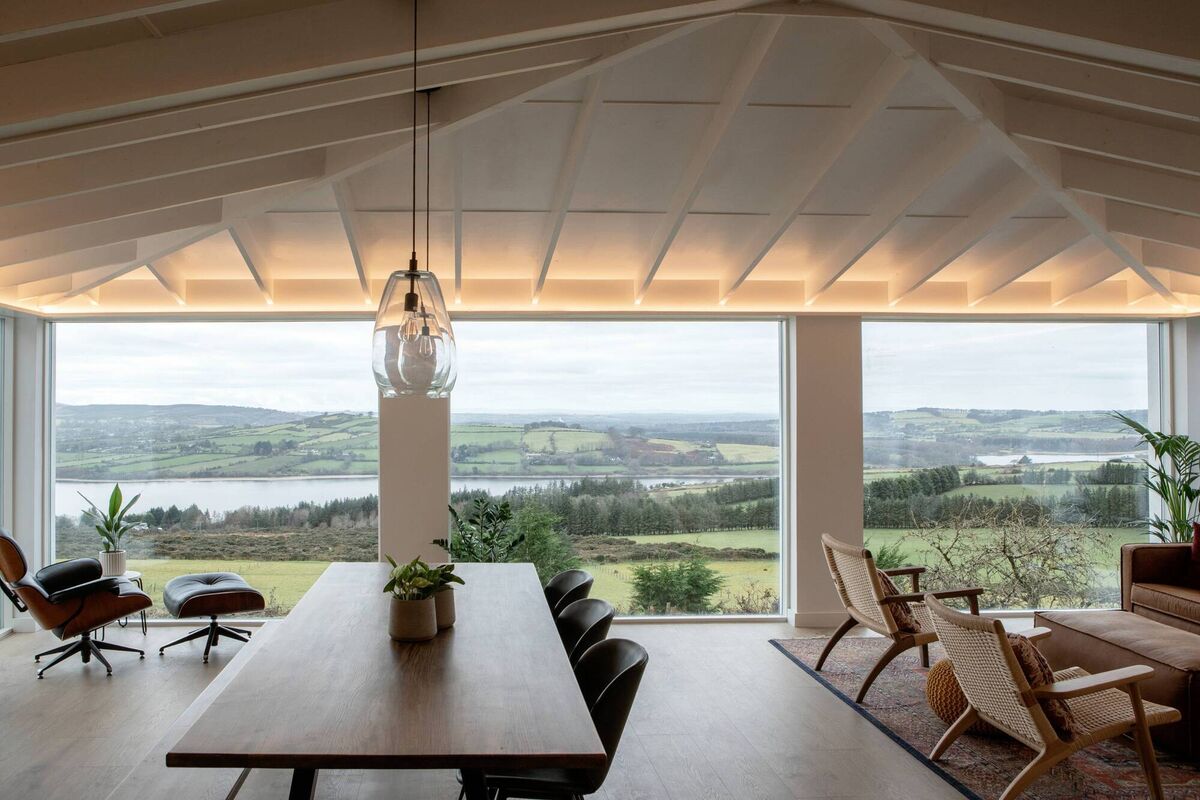
He quips that he struggles out of a shop now with his arms full of stuff if he has forgotten to bring his own bag rather than buy a plastic one: “it’s seen as shameful,” he observes.
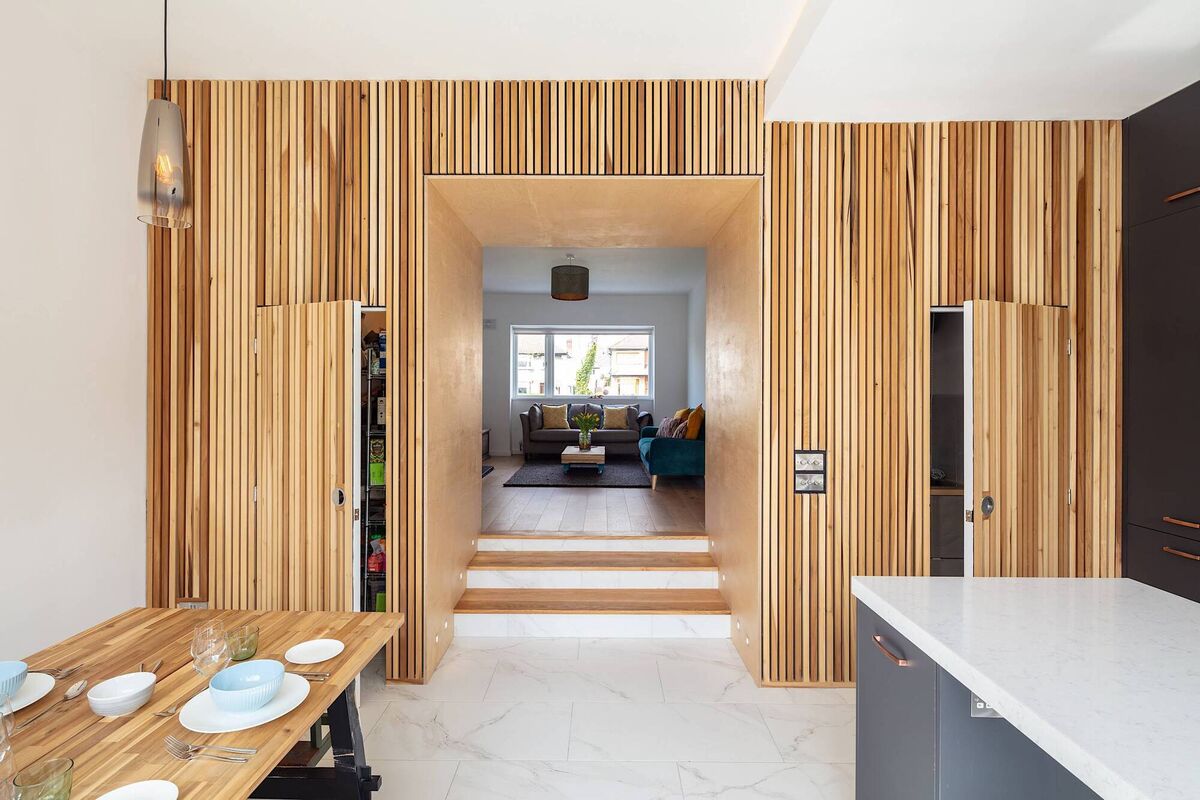
“It’s the same temperature inside on December 21 as it is in June 21, there are no draughts, we had to do it all as the roof had to come off, and the floors in the old house were all dug but I don’t regret it,” he says.
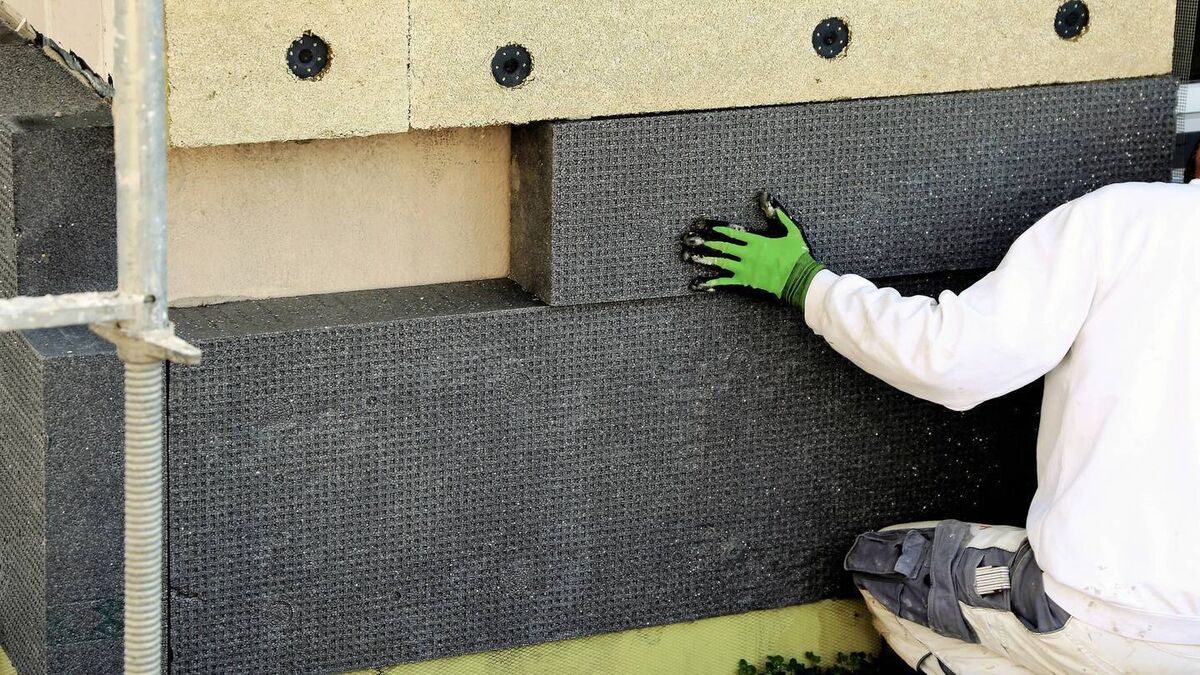
On the wider front of paradigm shift in thinking, leading architect Bannon says we need to be more conscious of where building materials come from and, for example, not to expect stone for a patio to be delivered from China in a fortnight, or steel from Eastern Europe and asserts “we should be growing lots more trees for timber”.
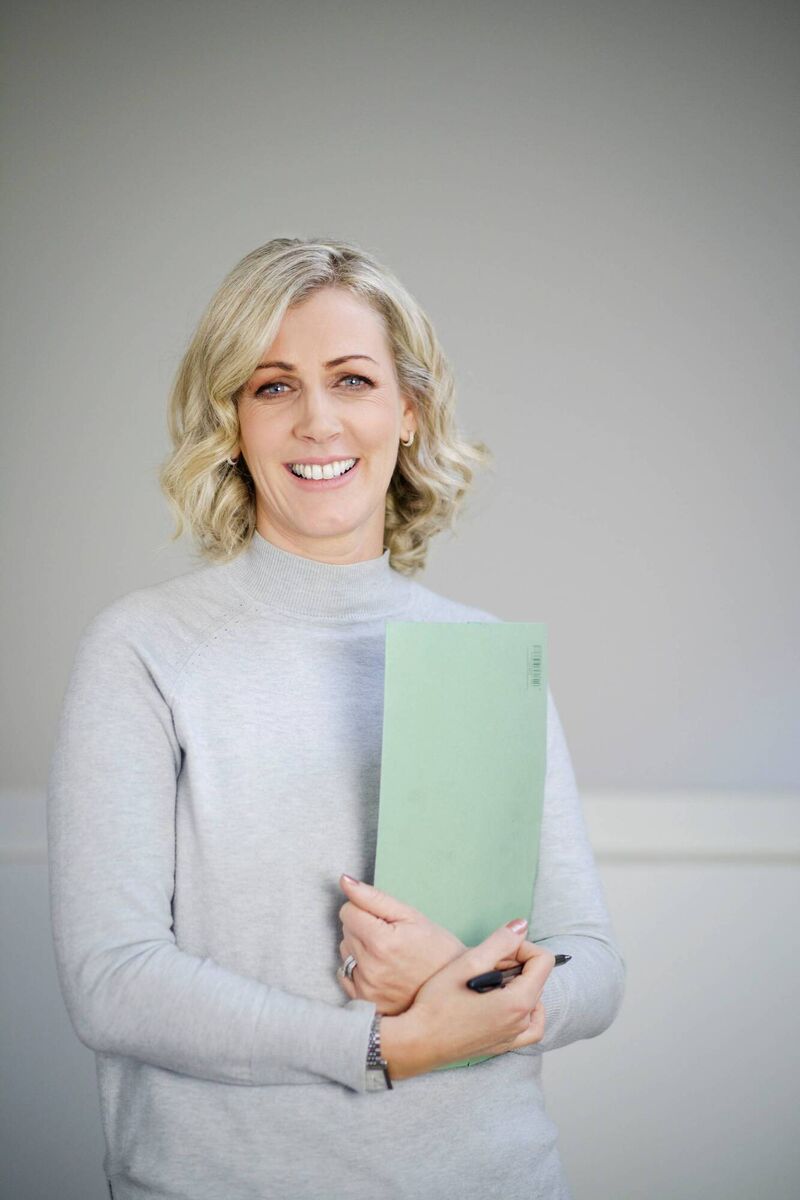
Picking up on her old “side-kick” Dermot Bannon’s point made earlier here about not adding an A-rated new section to a C-rated property, she agrees: “If you don’t do the retrofit moves, you’ll end up living in your extension, and not in your house.

Of the 28% of those who have undertaken a retrofit project, over half (56%) have changed windows or doors: 80% have installed attic, cavity wall or external wall insulation; 47% have replaced their boilers. About 15% have installed solar panels but, to date, just 5% have installed a heat pump, this touted as the “holy grail” of home heating into the future, but only effective in a home that’s well-insulated, and with good air tightness levels.
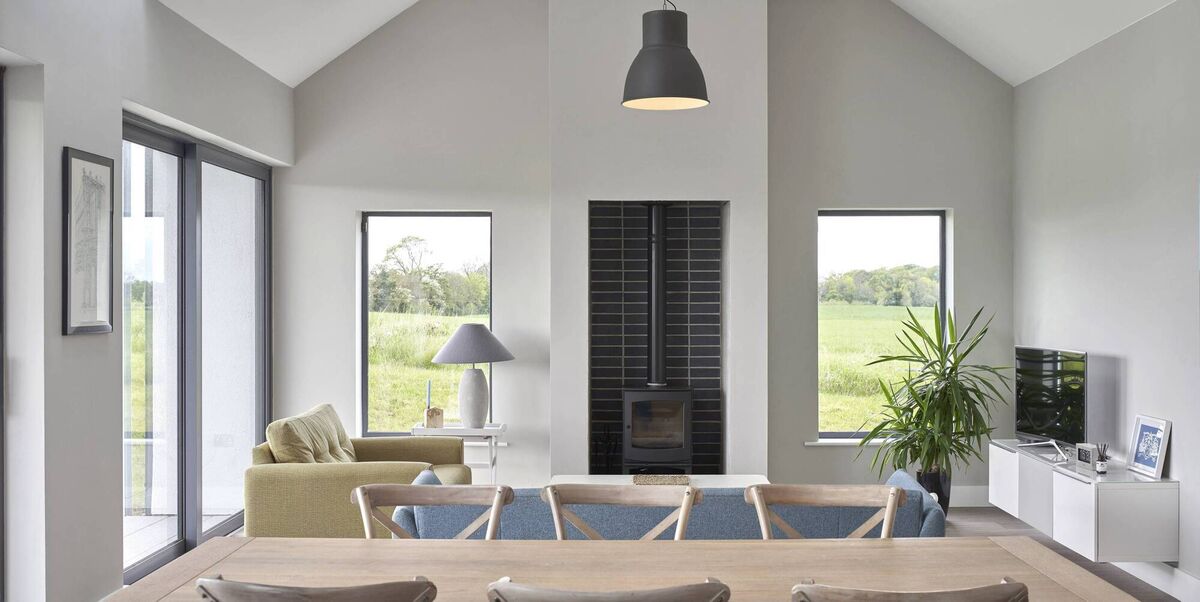
Revealing those stats last month, An Post/Green Hub pragmatically noted that it shows that “the investments homeowners are willing to make are not aligned with the Government’s ambitions, where the Government estimates that between €14,000 and €66,000 will be required to retrofit a home to a B2 rating.”

Architect Dermot Bannon is an ambassador for the RIAI’s annual Simon Open Door campaign, and points out that homeowners, and aspiring ones, can avail of the May 4-14 consultation session with a professional architect across a full range of retrofit/extension/home improvements.

- www.riaisimonopendoor.ie
- www.seai.ie/home-energy/take-climate-action










